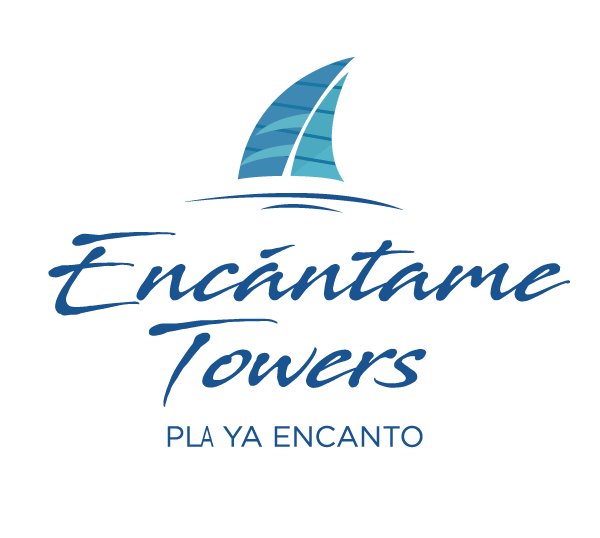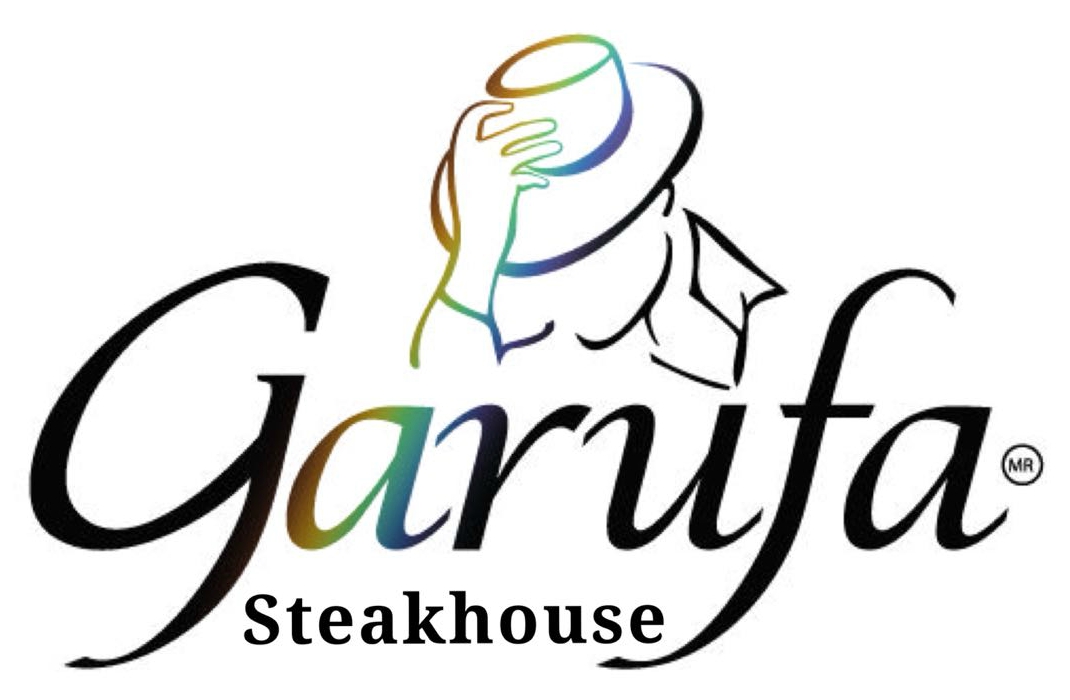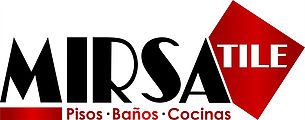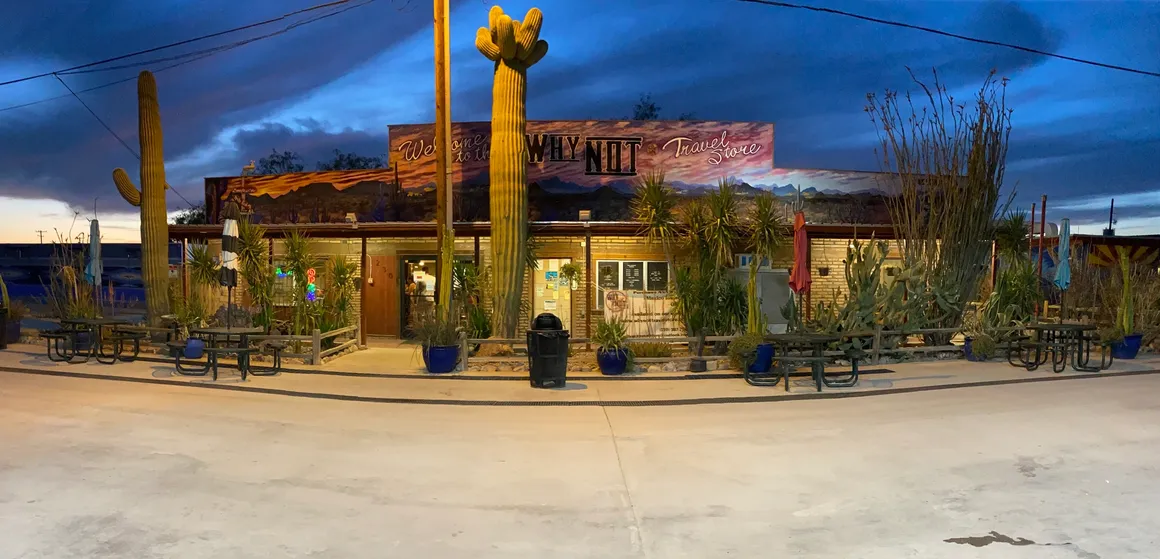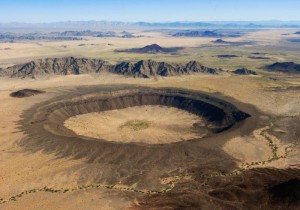 Just a few miles outside of Puerto Peñasco, the Pinacate and Grand Desert of Altar Biosphere Reserve is a special space and one of a kind in the world given the richness of its landscape, history, geology, as well as its flora and fauna.
Just a few miles outside of Puerto Peñasco, the Pinacate and Grand Desert of Altar Biosphere Reserve is a special space and one of a kind in the world given the richness of its landscape, history, geology, as well as its flora and fauna.
The Pinacate Reserve, recognized in 2013 as a World Heritage Site by UNESCO, offers visitors the opportunity to visually attest to its majestic natural beauty, diverse geology, lava fields, maar craters, moving dunes, and granite mountains. These elements have attracted researchers from across the globe to the area, including even NASA at one time prior to the first trip to the moon.
The biology station at the Pinacate Reserve, located about 50 kilometers from Puerto Peñasco, is open to visitors 365 days a year from 8 a.m. – 5 p.m. Staff from the National Commission of Protected Natural Areas (CONANP) are there to register guests and suggest routes.
During the summer, meteorological stations within the Pinacate register extremely high temperatures, therefore visitors are recommended to wear comfortable clothing covering all skin surfaces, walking shoes for all types of terrain, as well as a cap or hat to help protect against the sun’s rays.
Héctor Munro Colosio, CONANP Director of Communications, Image, and International Relations at the Pinacate Reserve, explains during the summer one can enjoy the flowers and fruits of cactus from saguaro, pitahaya, nopales, and la biznaga. These are pollinated principally by bats and flower generally at night.
In addition to thousands of bats, Munro indicates, fauna during this season include guanas, wild hares, quail, prairie dogs, and roadrunners among other species that transit the area due to the few predators. In the afternoons or very early in the morning there are also coyote, fox, deer, mountain goats, wild boars, kangaroo rats, and rattlesnakes, among other species.
The Communications Director explains the Pinacate Reserve receives up to 17,000 visitors yearly, a number which has increased significantly after the area was listed as a World Heritage Site by UNESCO. Even so, he adds, it continues to be one of the cleanest natural protected areas in Mexico, and they are confident that visitors possess this awareness.
“Schuk Toak” Visitors Center
The “Schuck Toak” Visitors Center located about 30 kilometers from Puerto Peñasco is another option for those who wish to learn more about the Pinacate Biosphere Reserve without necessarily journeying out on routes through the Sonoran desert.
The self-sustaining ecological building, which operates off more than 200 solar panels, houses an interactive museum covering top pics of geology, biology, culture, and history. It also provides informational stations along walking paths in the area, a well-equipped audiovisual hall with videos about the Pinacate, and a spacious terrace from where visitors can take in the natural landscapes and, on special occasions, spectacular views of night skies and meteor showers.
This article is brought to you by the Sonoran Resorts Sales Group, www.sonoranresorts.mx, Jim Ringquist, Director of Sales and Marketing.




